There has been a dramatic increase in the commercial, industrial, medical, defence and research applications of lasers in the last 10 to 15 years. During this period, we have not only seen the use of lasers in applications thought of in the early days of lasers getting matured, but we have also witnessed them making their presence felt very effectively in many new areas.
Laser which was rightly called an invention in search of applications or a solution looking for a problem in 70’s is today the most widely used and, more importantly, the most diversely exploited piece of equipment. It is undoubtedly one of the greatest inventions of 20th century along with computers, satellites and integrated circuits.
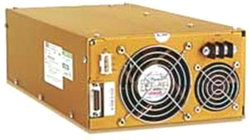
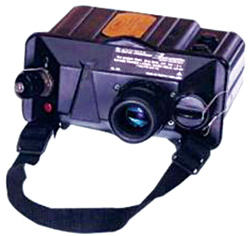
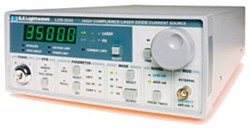
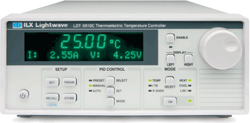
There are two main factors which have played a major role in enhancing the application potential of lasers. The first of course is the development and subsequent arrival on the commercial scene of a large variety of lasers covering a very large portion of electromagnetic spectrum and producing a wide range of output power levels at an affordable price tag.
Without going back to the days of Maiman and evolution of lasers that followed thereafter, it is important to note that today we have a very large number and types of lasers and hundreds of laser wavelengths discovered all over. Not all of them are such or have reached a stage that their use is commercially viable, yet these numbers do indicate the quantum of research and development that has gone into this field and the promise this magical device holds for us in the future.
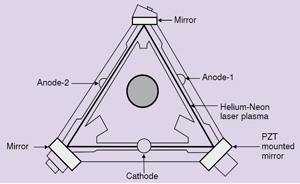
The second main reason for the widespread use of lasers is the development that has taken place in the field of electronics that goes along with a laser or a laser-based system. The role of an electronics engineer working in the field of lasers is far more challenging today than it was in the early stages of development of lasers. Laser electronics today involves a large number of complex technologies, some of them specific to lasers.
Laser electronics and related technologies
Electronics plays an important role in the demonstrated capabilities, operational efficiency and achievable system compactness of military lasers and optoelectronics systems. Majority of military laser systems employ one of the three common types, namely, solid-state, semiconductor and gas lasers.
Laser rangefinders and target designators, for instance, are configured around mainly solid-state lasers and in some cases semiconductor diode lasers and gas lasers.
Precision-guided munitions use solid-state laser-based target designators. Electro-optic countermeasure (EOCM) systems are based on high-energy solid-state laser sources. Inertial navigation sensors use an He-Ne ring laser cavity, laser proximity sensors and laser-aiming devices employ semiconductor diode lasers and directed energy laser weapons are projected to be using high-power bulk solid-state or fibre lasers.
On the opto-electronics front, laser sensors, laser seekers, laser detection and ranging (LADAR) sensors and light detection and ranging (LIDAR) sensors constituting bulk of battlefield opto-electronics mainly use silicon, indium gallium arsenide, indium antimonide, mercury cadmium telluride and image intensifier photo sensors.
To summarise, if we were to look at the spectrum of electronics that goes along with military lasers and opto-electronics systems, we would need to consider the electronics of solid-state, semiconductor diode and gas lasers.
When we set out to discuss the role of electronics in lasers and laser-based systems, we usually talk about only those sub-systems that are essential from the operational viewpoint of the laser in question. There is much more than the power supply circuit that is used to operate the laser.
In the following paragraphs we shall take a closer look at the areas of electronics encountered in the case of three most commonly used laser sources, namely, solid-state, gas and semiconductor lasers. Prominent military laser systems configured around these laser sources are also briefly discussed.
Solid-state laser electronics
When we discuss electronics package of a flash-lamp-pumped pulsed solid-state laser (Nd-YAG, Nd-Glass, etc), it is the power supply unit which is needed to charge the energy storage capacitor to store the requisite quantum of energy that is considered representative of the electronics package. It is simply because of the reason that it is not only the most complex of the electronics circuit modules used in the case of flash-lamp-pumped solid-state lasers; its electrical conversion efficiency plays a key role in deciding the wall-plug efficiency and the size/weight of the laser.








